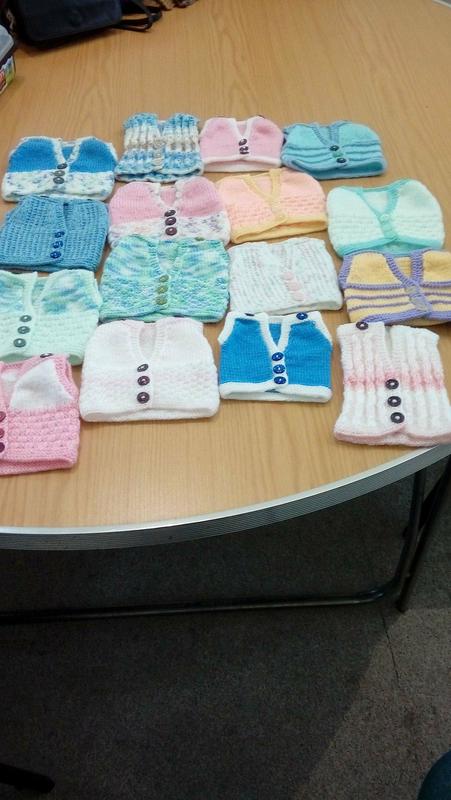
Stitch patterns should complement your handspun. They’re starting points, not rigid rules.įirst, and most importantly, the louder the yarn, the quieter the knitted fabric should be. Keep these guidelines in mind whether you’re designing from scratch or knitting someone else’s pattern with your precious handspun. You can draw inspiration from some other pattern, and you can use stitch patterns from stitch dictionaries, but everything else in a pattern has to come from your own brain. The major exception: if you want to submit knitting designs for publication, they have to be original. Instead, I add patterns on Ravelry to a “handspun” bundle. I almost never design projects from scratch because I’m just too lazy.

Finally, there’s nothing wrong with using other people’s patterns, with one major exception.Also use the standard abbreviations and the general format found in commercial knitting patterns-this will save you a lot of time later. Take notes even of what you ripped back. It’s easier to decipher scribbles than to deconstruct a knitted piece after the fact. If you want to publish your design, take lots of notes and pictures.Again, if you’re used to knitting from published patterns, this can feel weird at first. You can learn just as much, and maybe more, from a less-than-perfect design.It’s non-negotiable for the design process. (This can be a difficult lesson if you’re used to knitting for a deadline.) You’re not wasting time if you’re perfecting your design concept and execution. Design swatching and tinking are not chores they’re opportunities.If you frog and need to revive the yarn, make a skein with your niddy noddy. You can always reclaim and reuse your handspun.In fact, these types of patterns can teach valuable lessons about knitting handspun yarn. It’s okay to start with small, simple designs.

Congratulations! Making the jump from knitter to knitting designer won’t be that hard! You can apply everything you know about knitting to the design process. So if you’re a handspinner, you’re a designer. And of course, we all decided to do different things, which is half the fun of a spin-along.

Even if everybody participating in this spin-along had decided to use the same color techniques on our Colorful Colorado Spring braids, we’d still produce different yarn. That makes sense: handspun yarn can’t be replicated as precisely as machine-made yarn. Contributing spinners tell you how they made the yarn, but these are guidelines rather than rules. They resemble weaving pattern books and stitch dictionaries far more than knitting magazines. Consider spinning magazines and books: they provide inspiration, techniques, and projects made from handspun, but not really patterns for the yarn itself. Where does handspinning fit into this continuum? It’s much closer to weaving and to knitting design than to knitting. When I worked at Interweave, I heard people identify themselves as knitters or knitting designers, but I never heard anybody distinguish weavers from weaving designers. They don’t see finished fabric they see weave structures that they will create with yarn, color, and so on. In contrast, weavers often begin with a pattern draft. (This is a gross generalization, and your mileage may vary.) Knitters look at the photos in a pattern and think, “Oooh-I want to make that!” They may change the colors, substitute yarn, or adjust a few design elements, but they don’t wander too far away from that pattern. I’ve long thought that knitters and weavers approach their crafts with different mindsets.


 0 kommentar(er)
0 kommentar(er)
